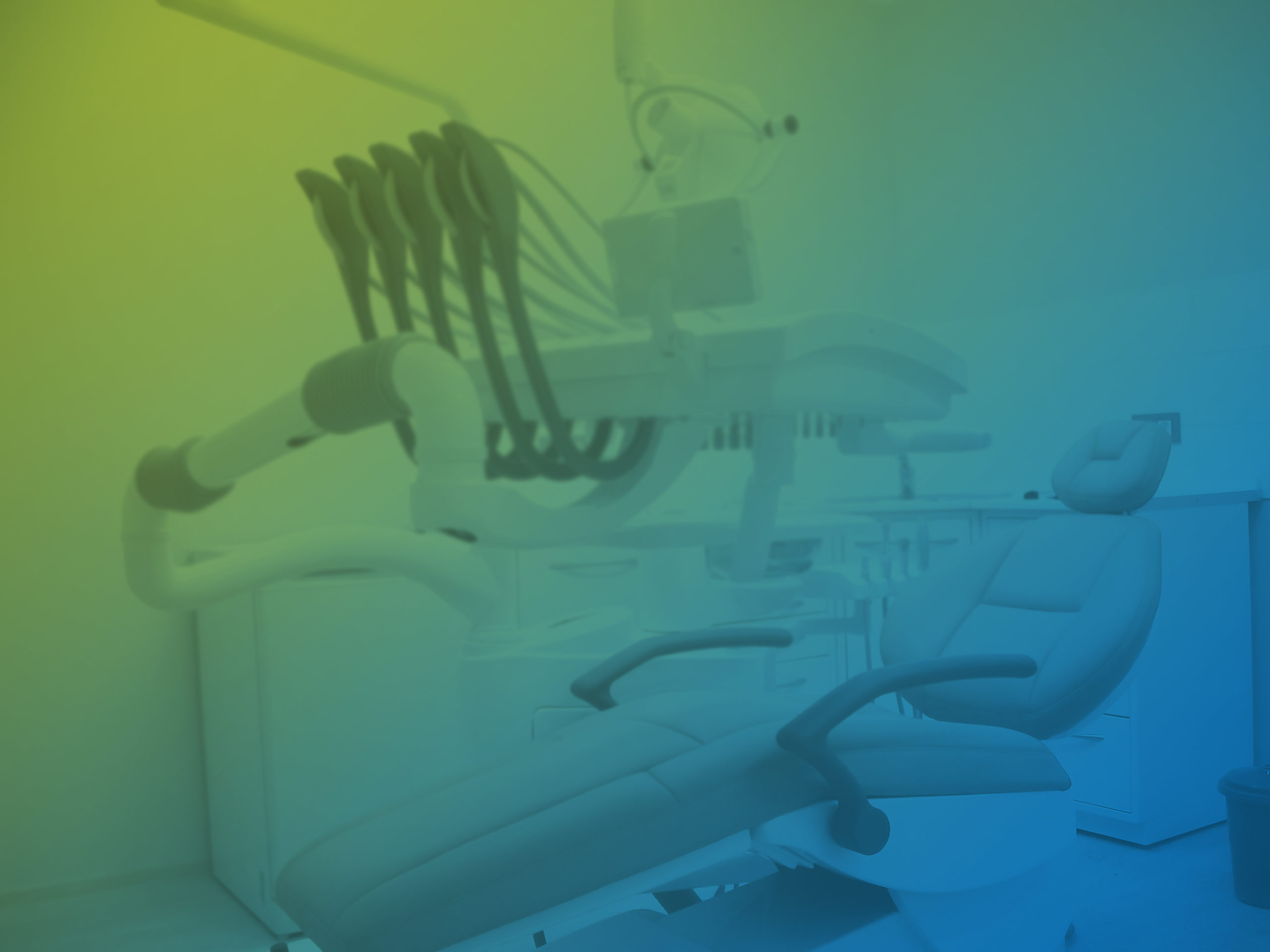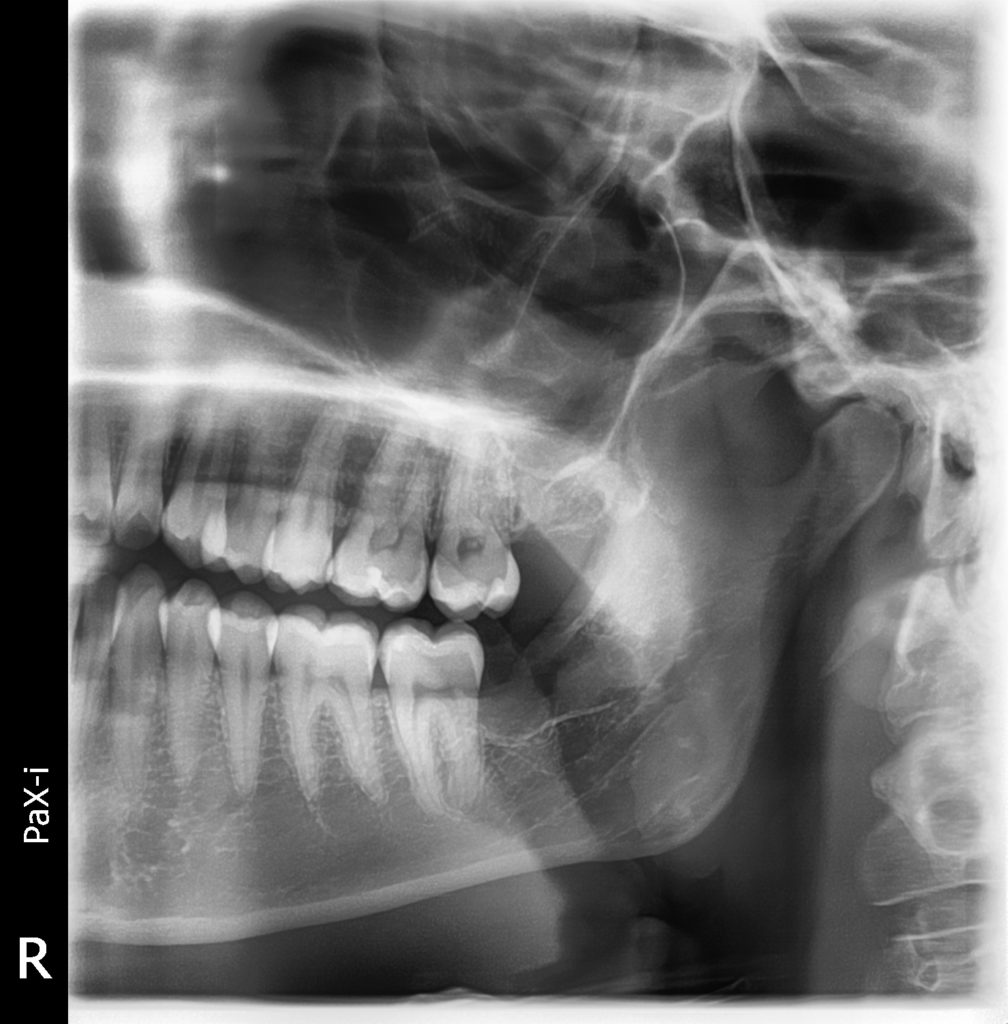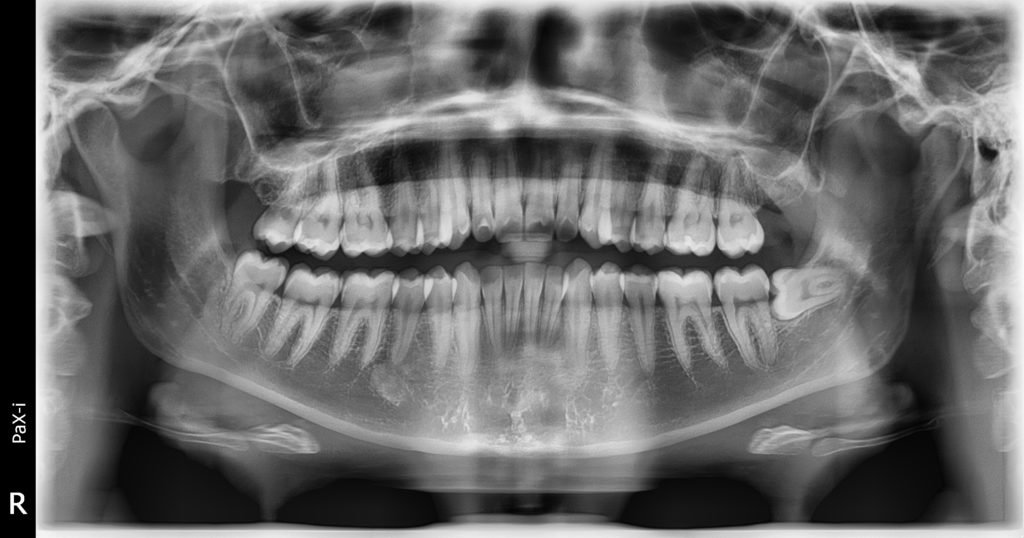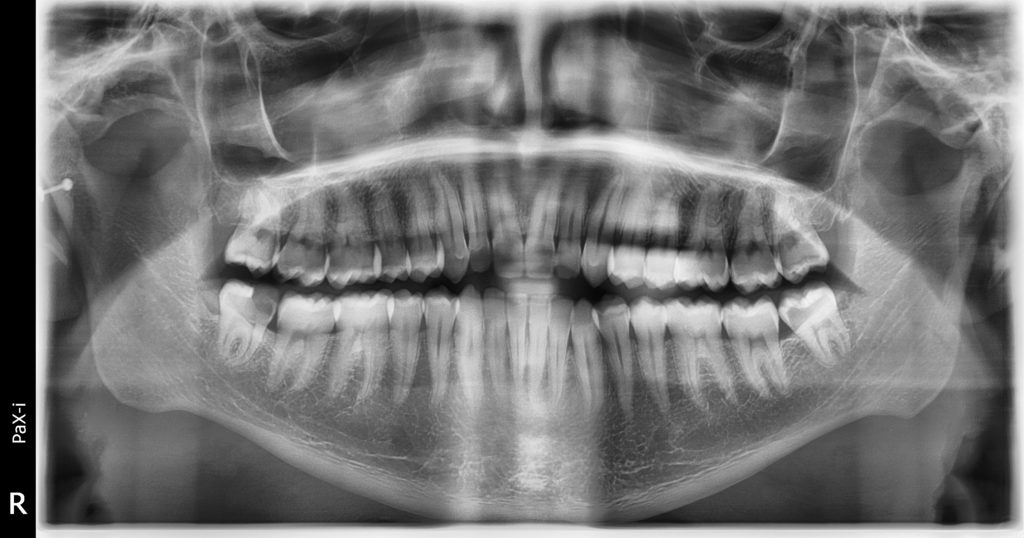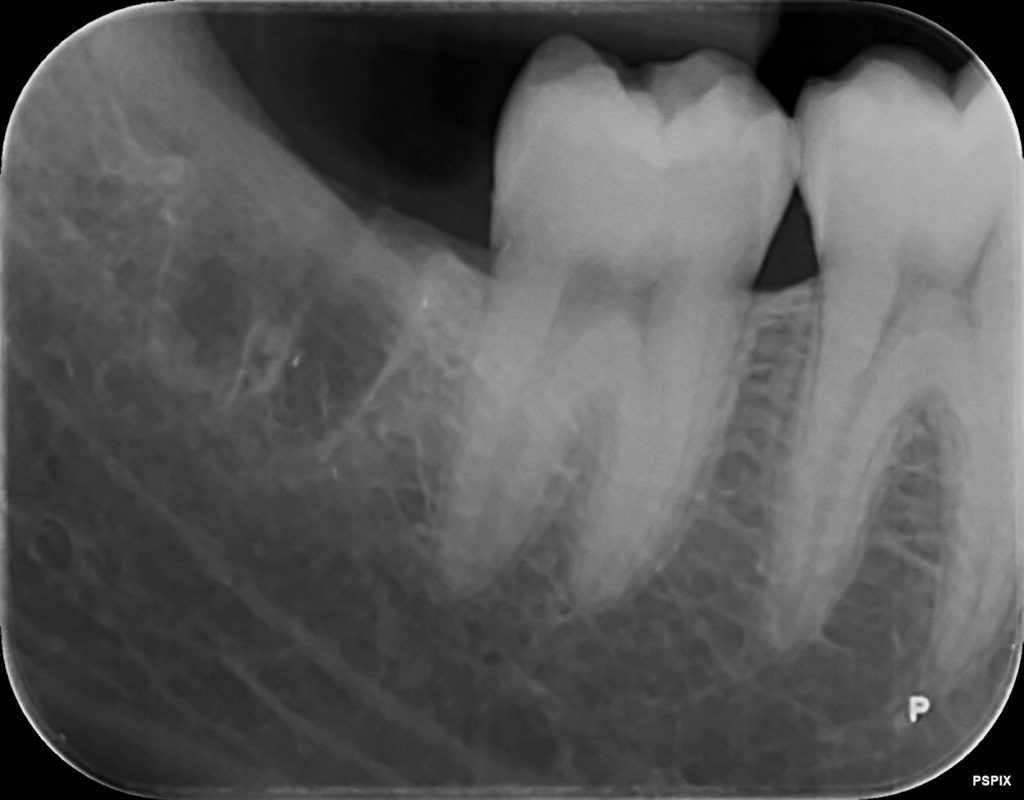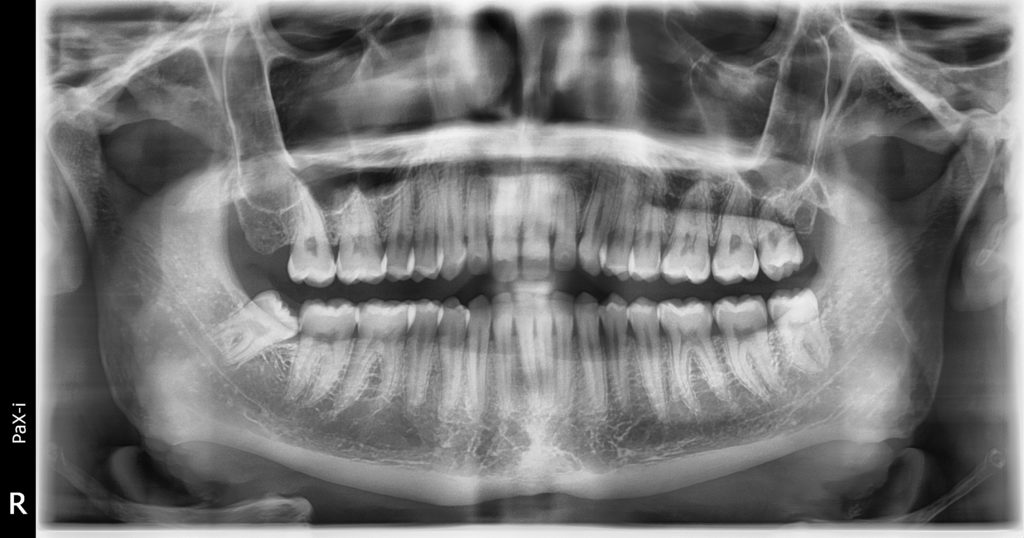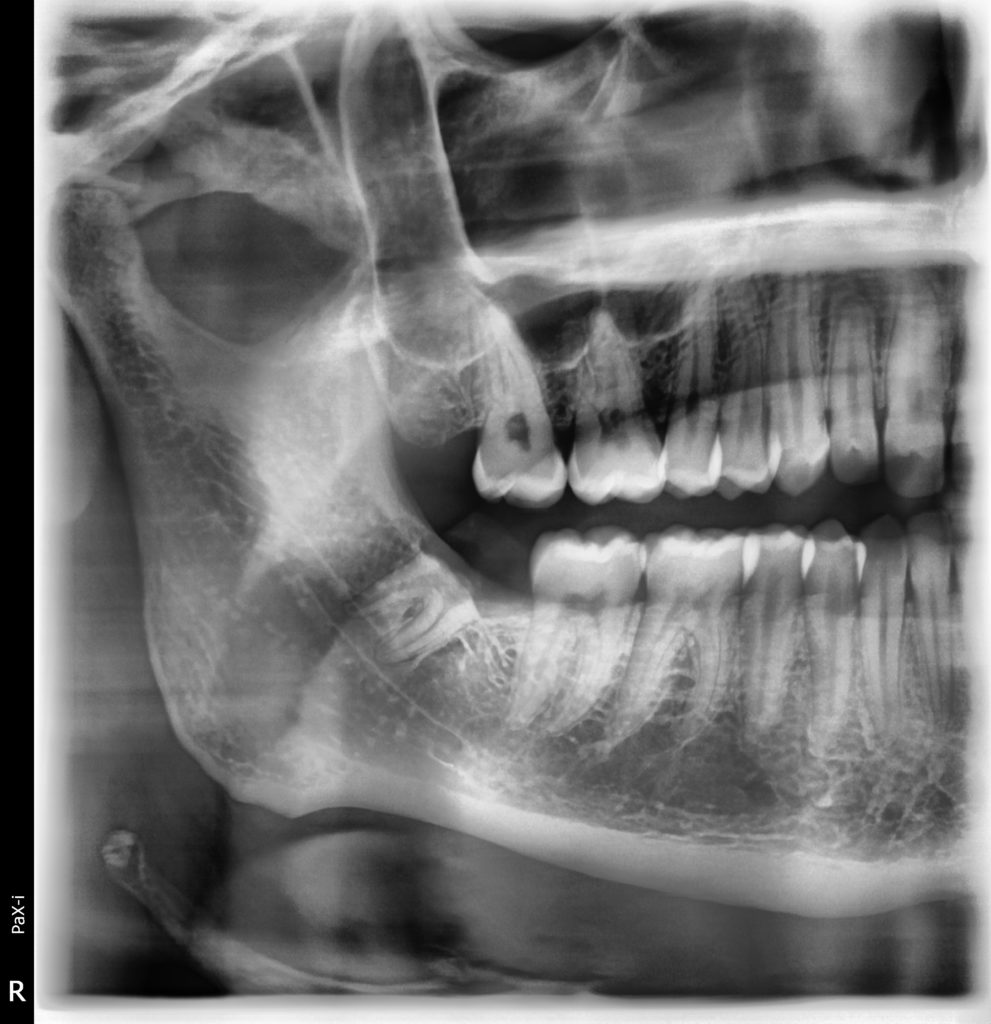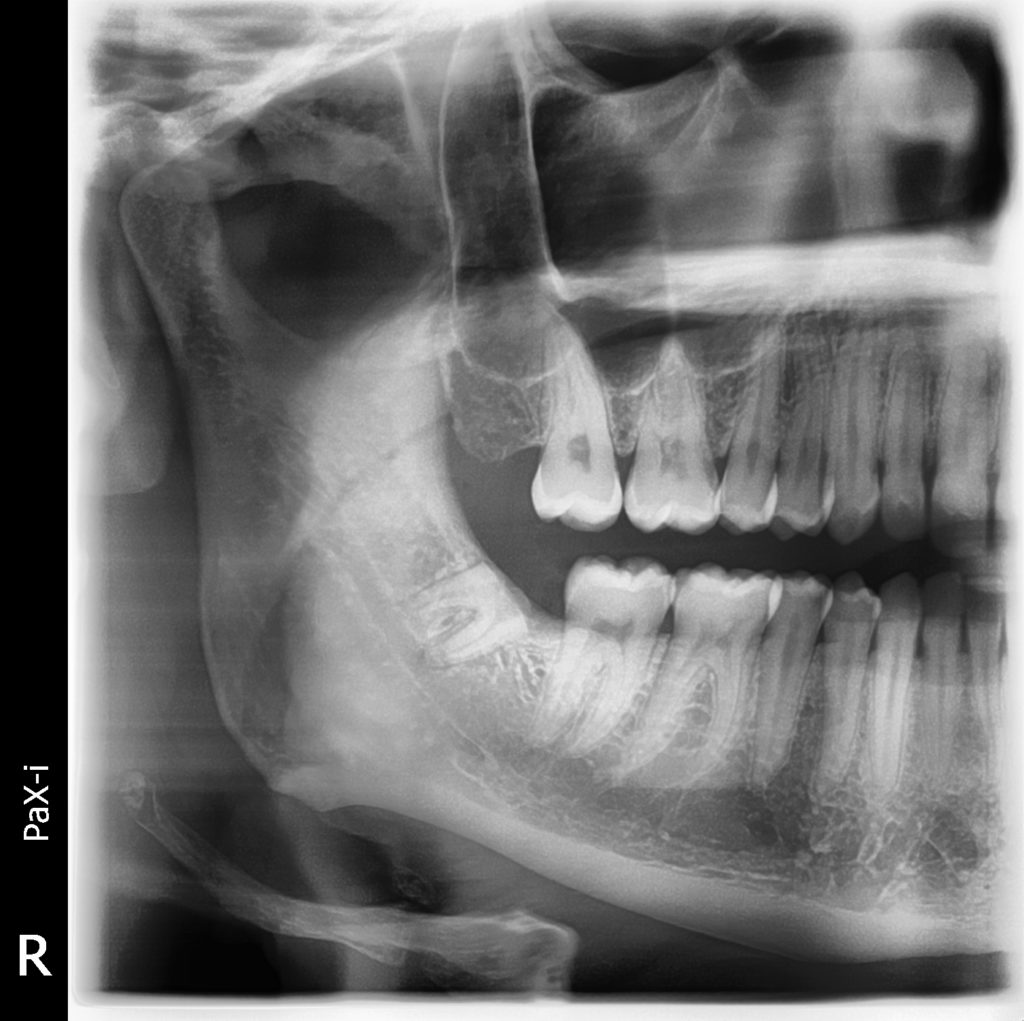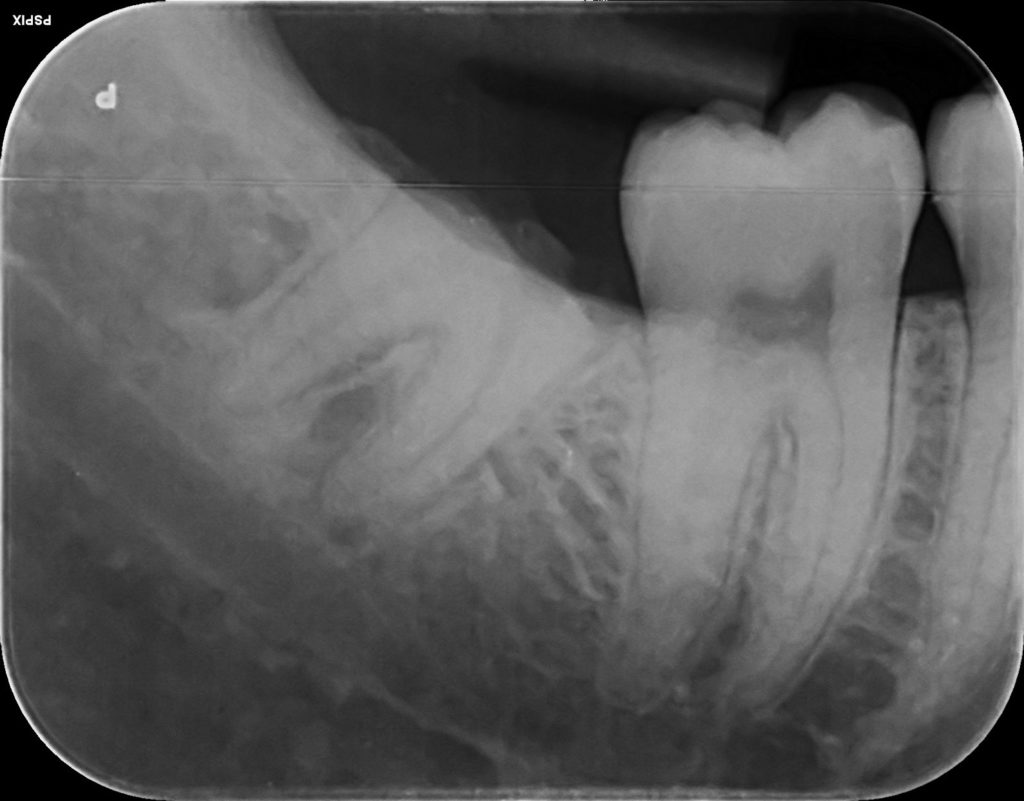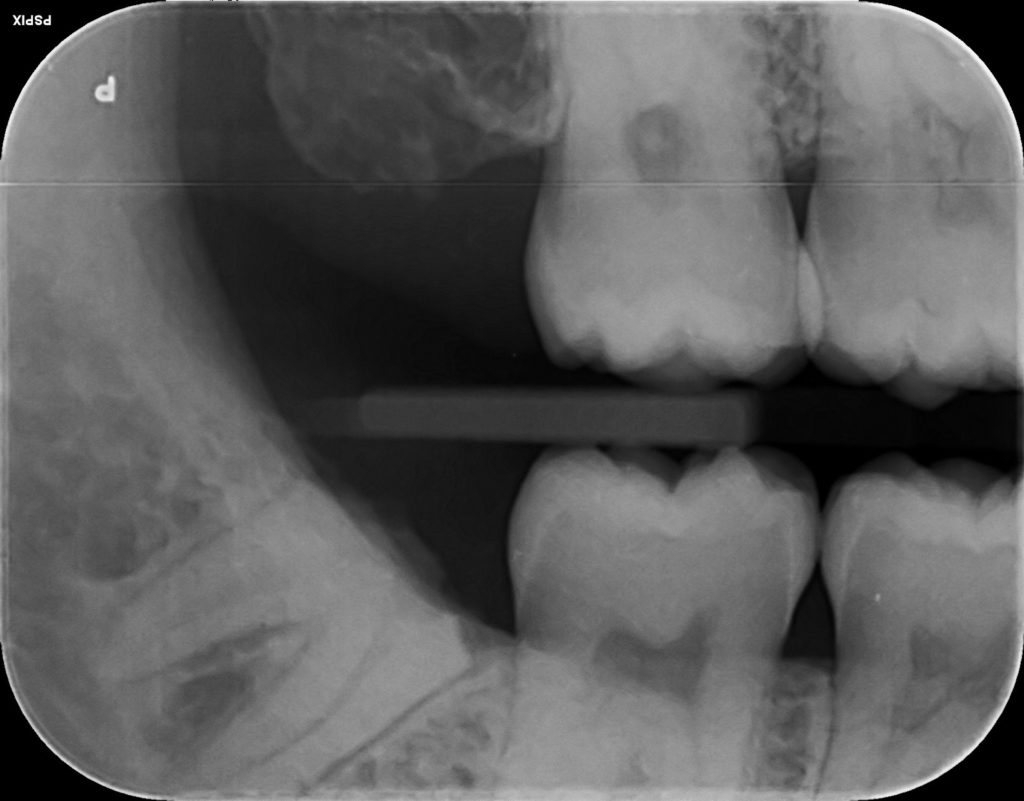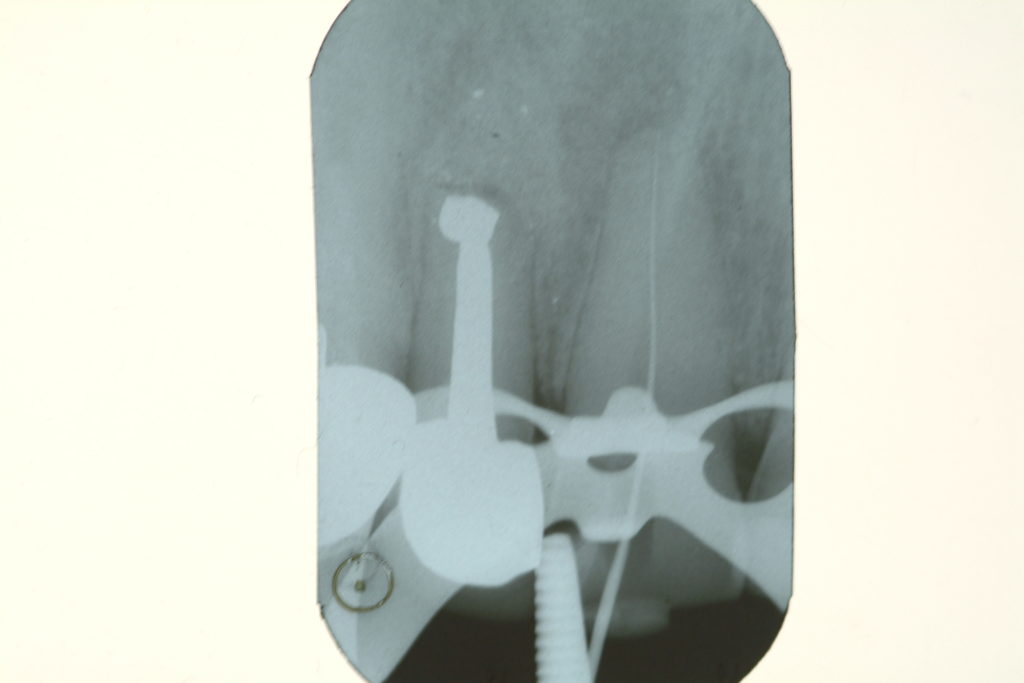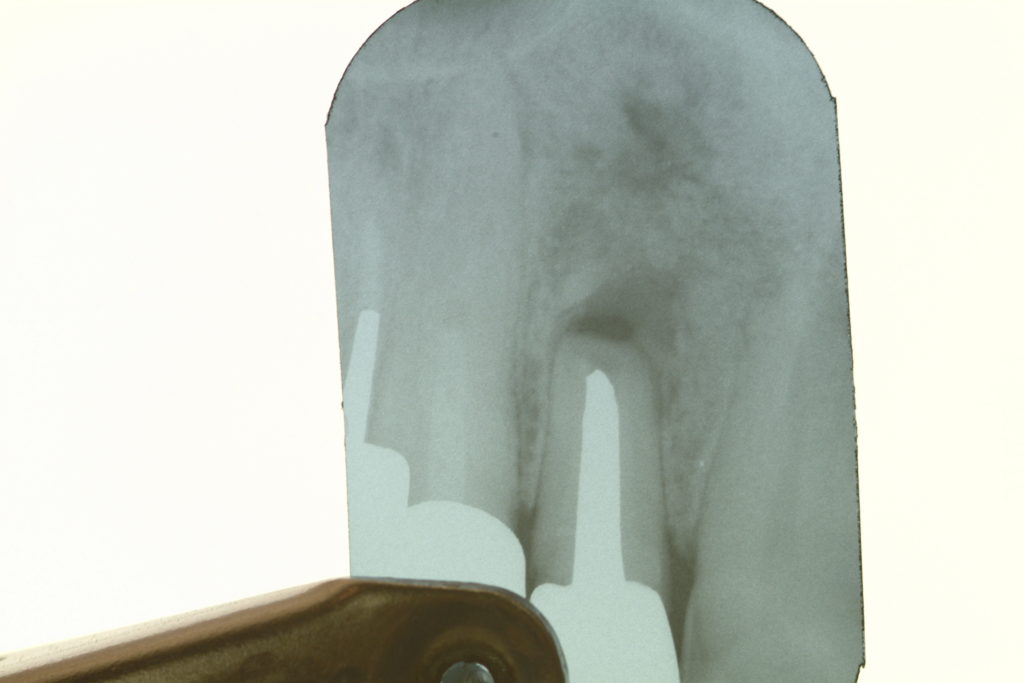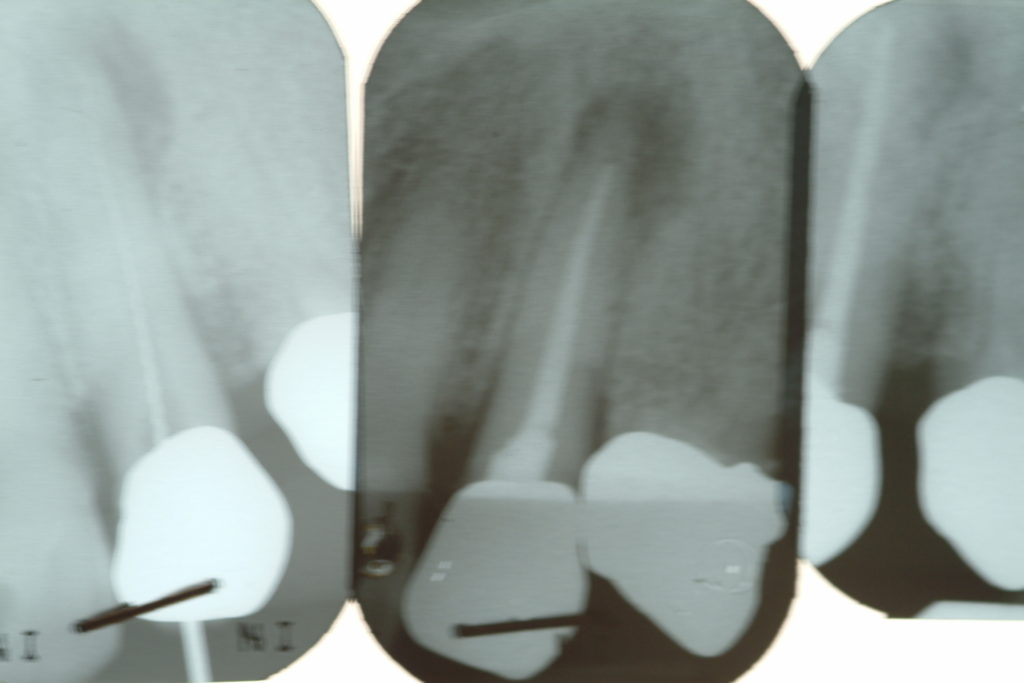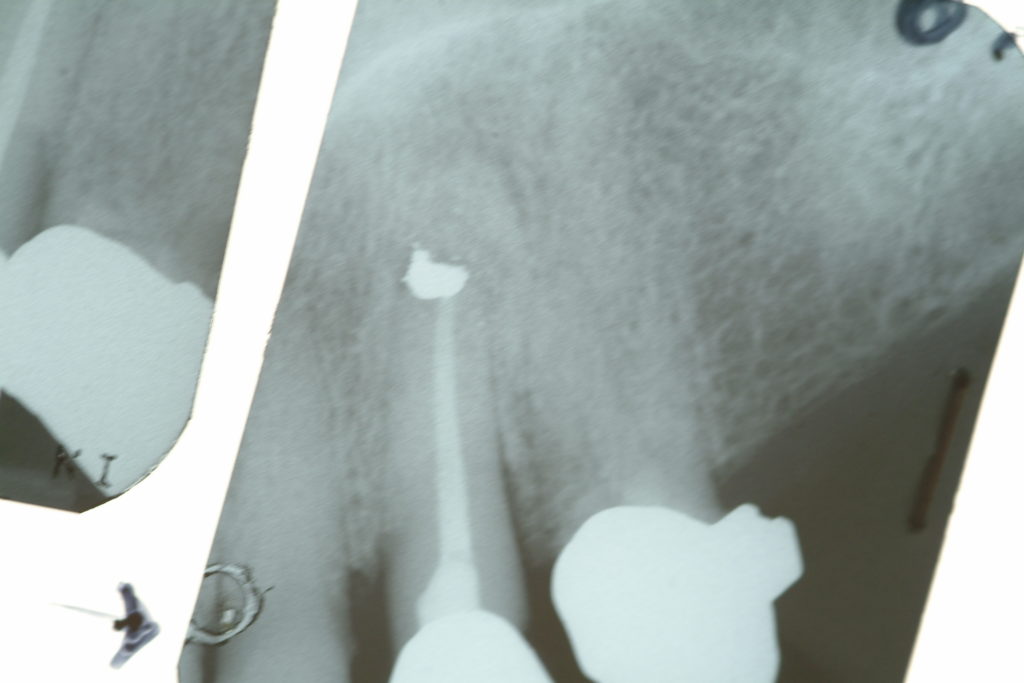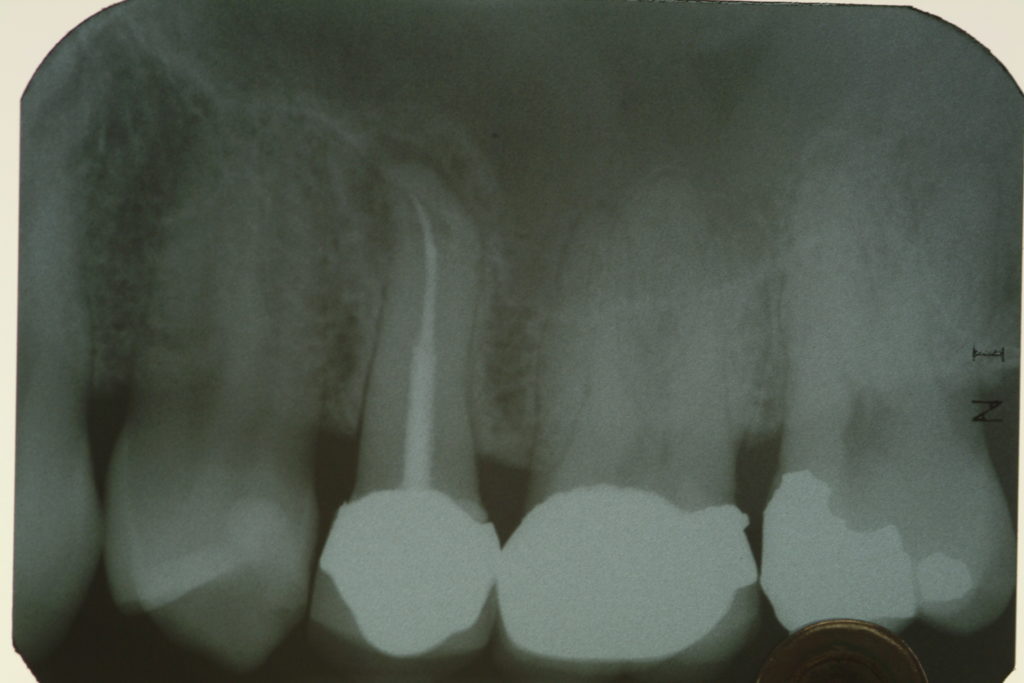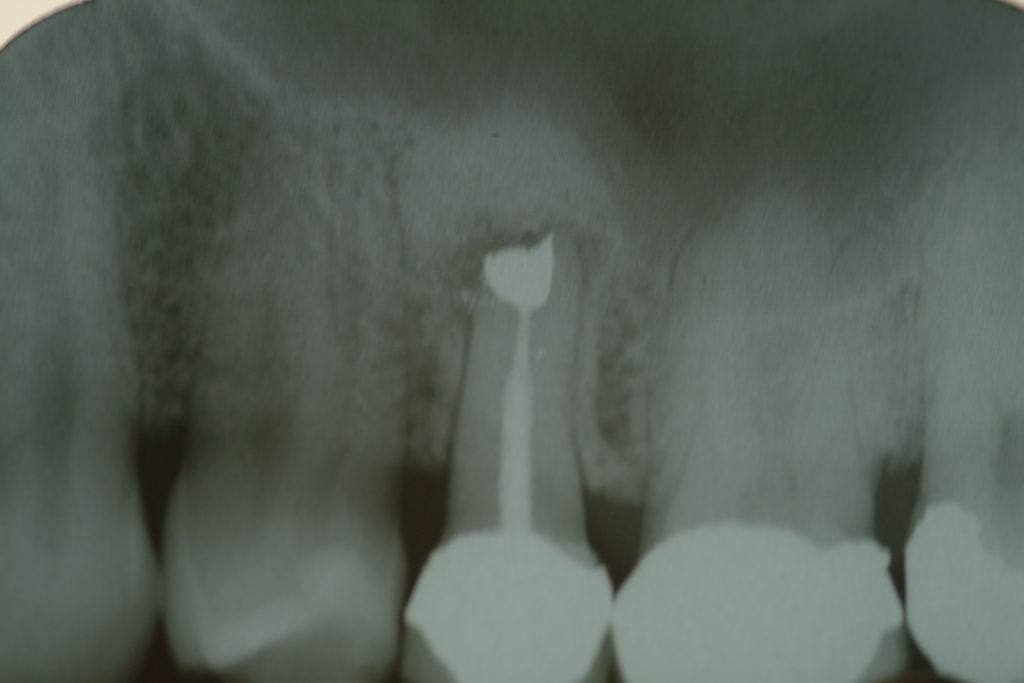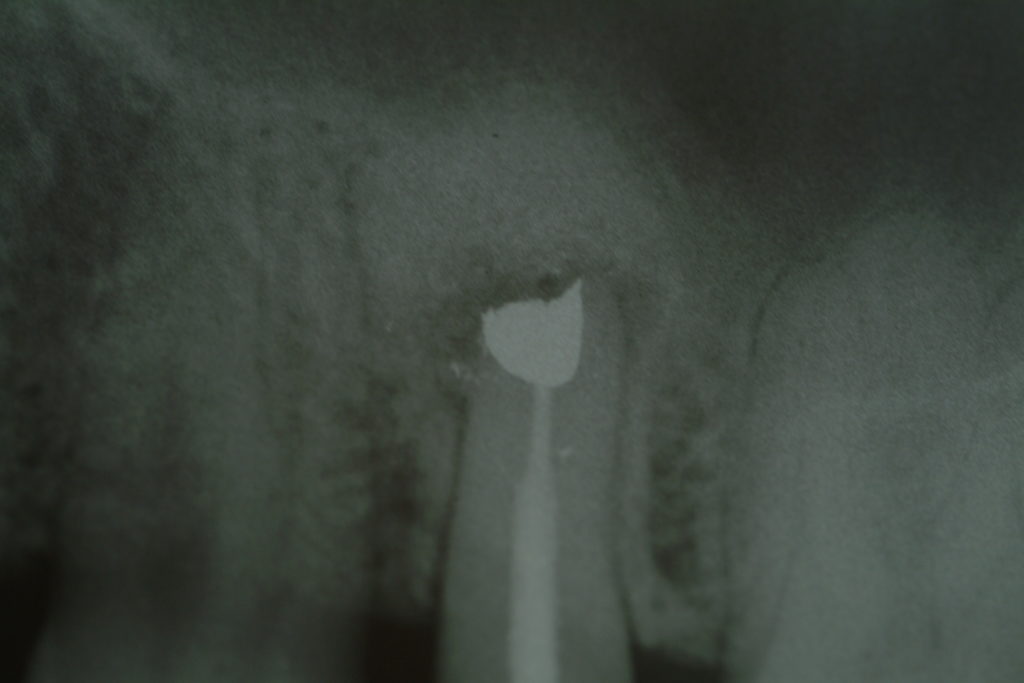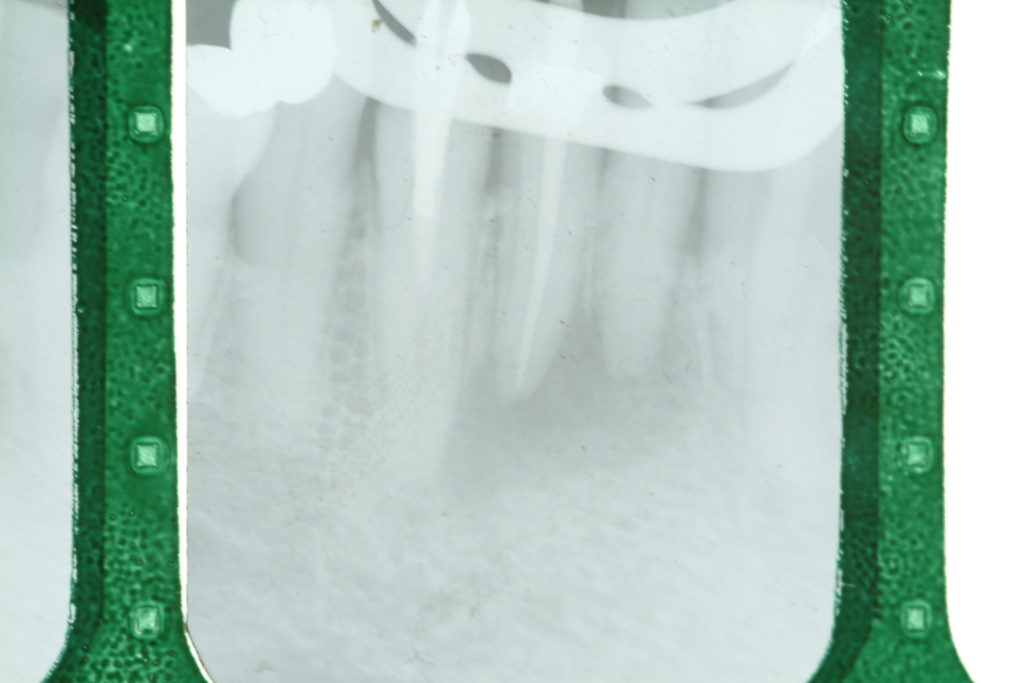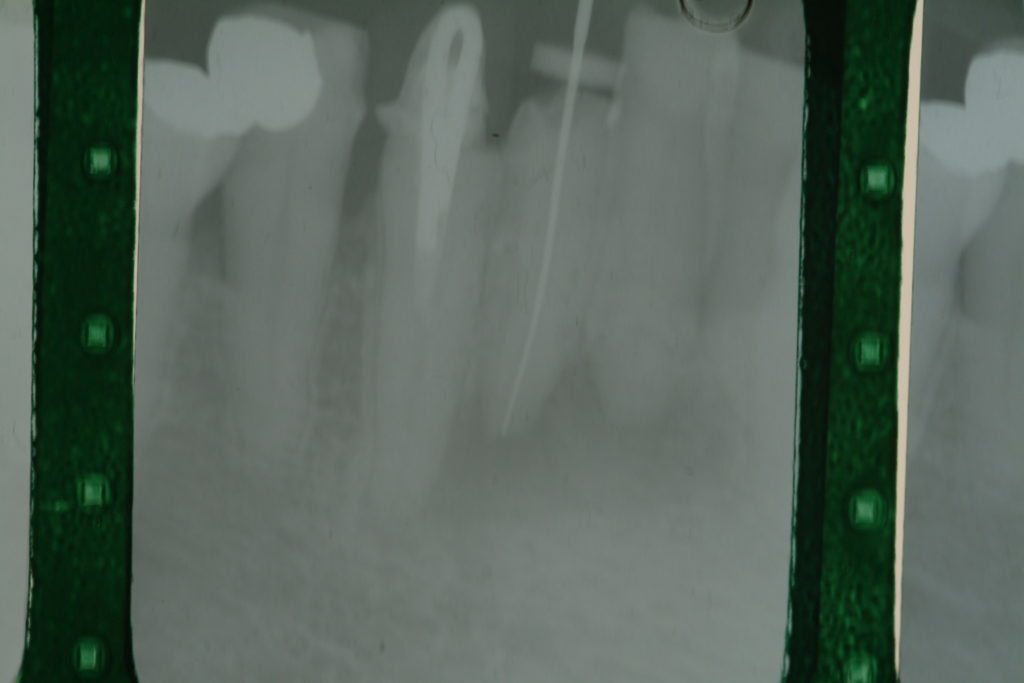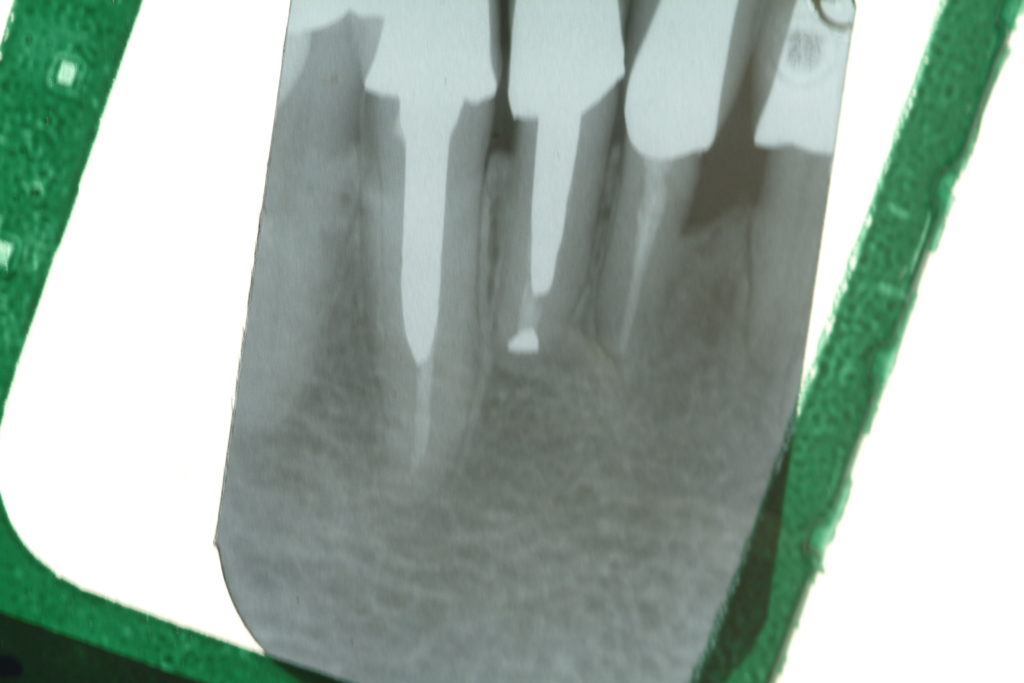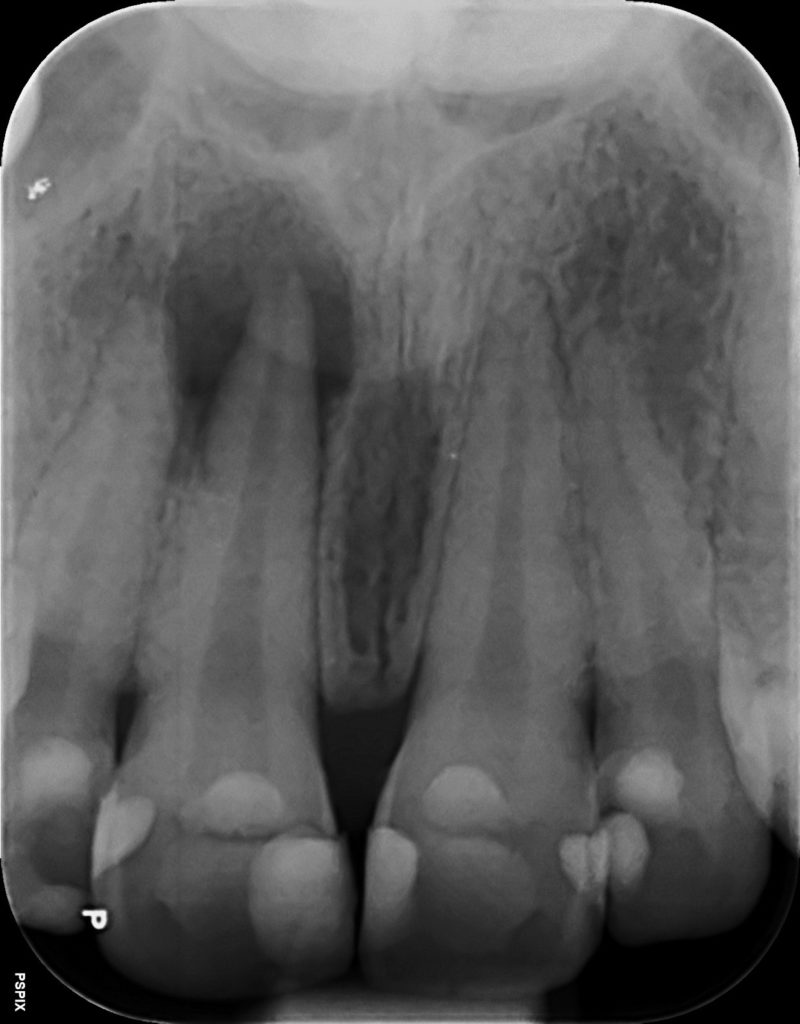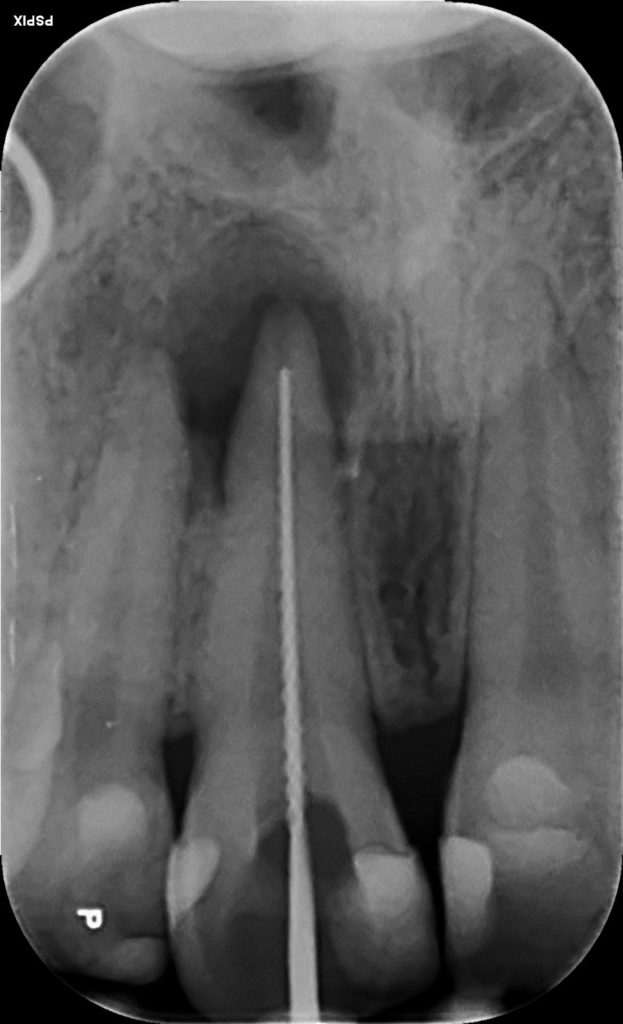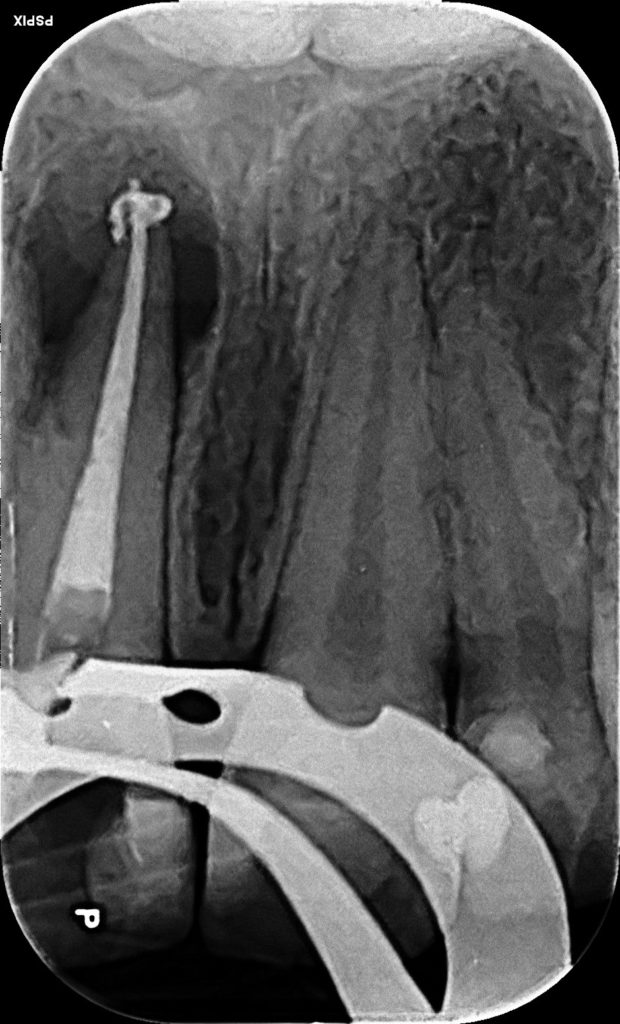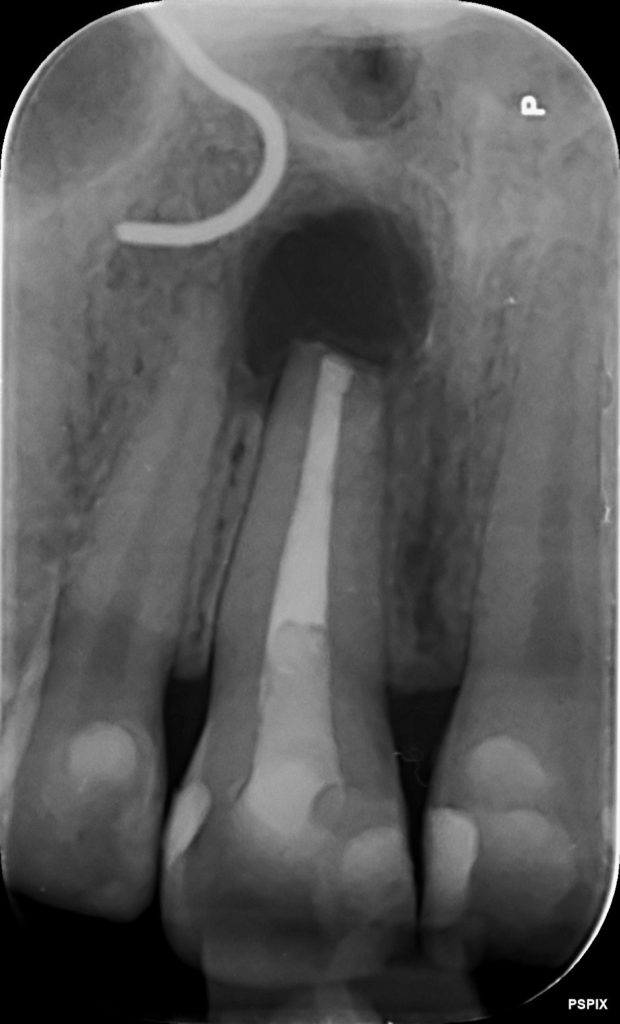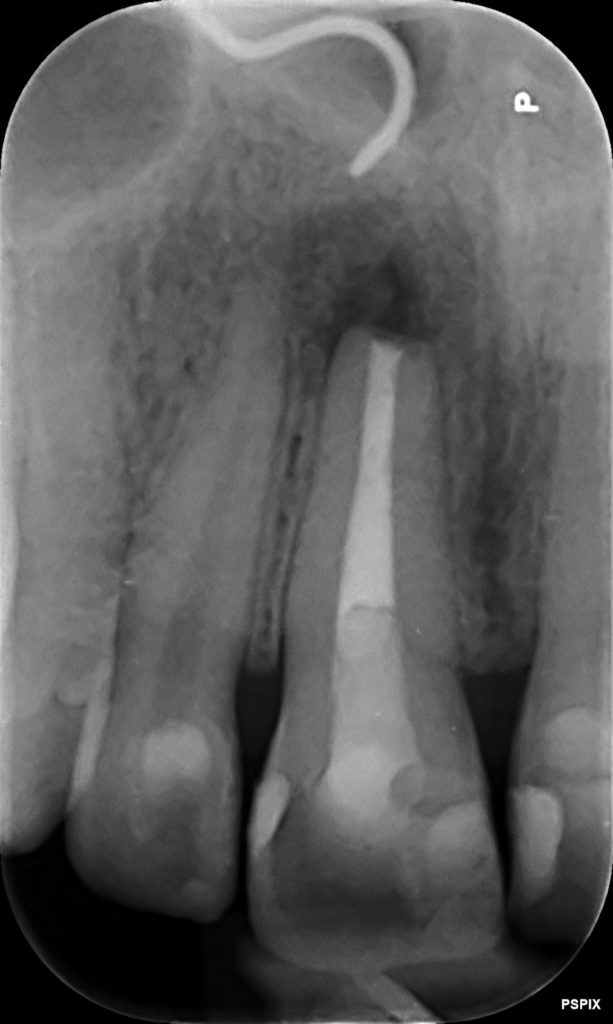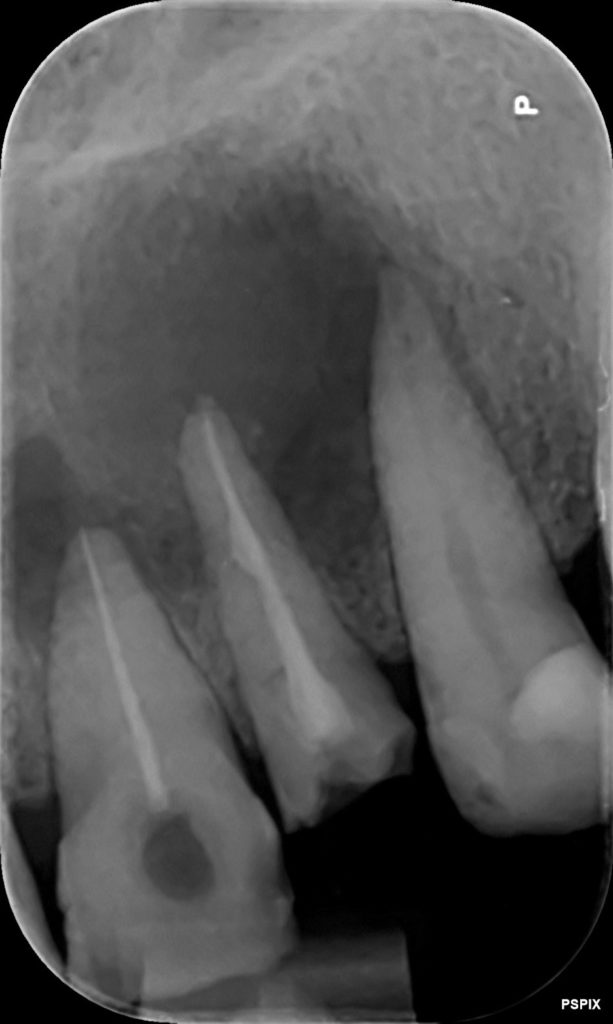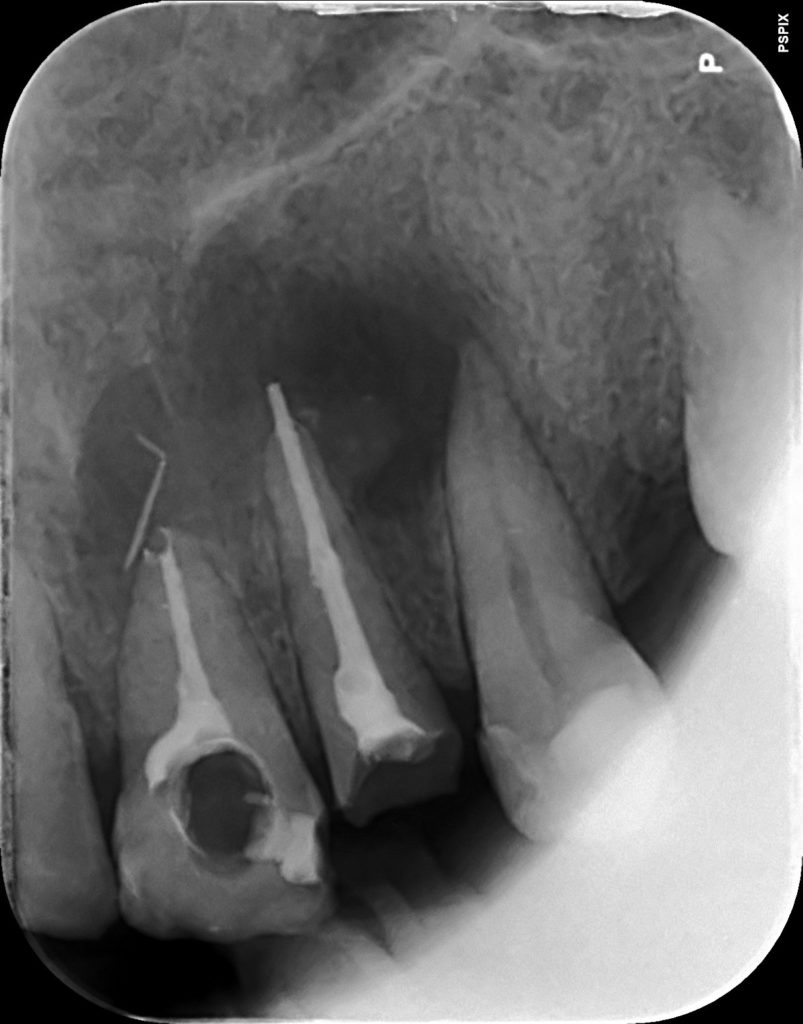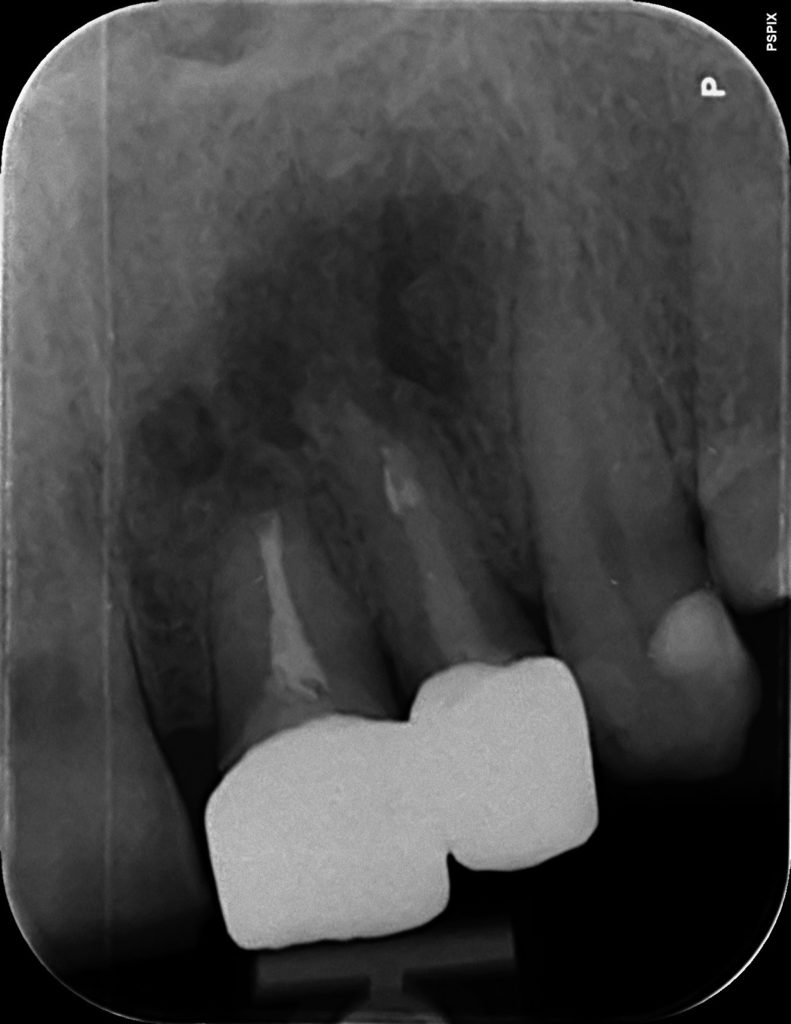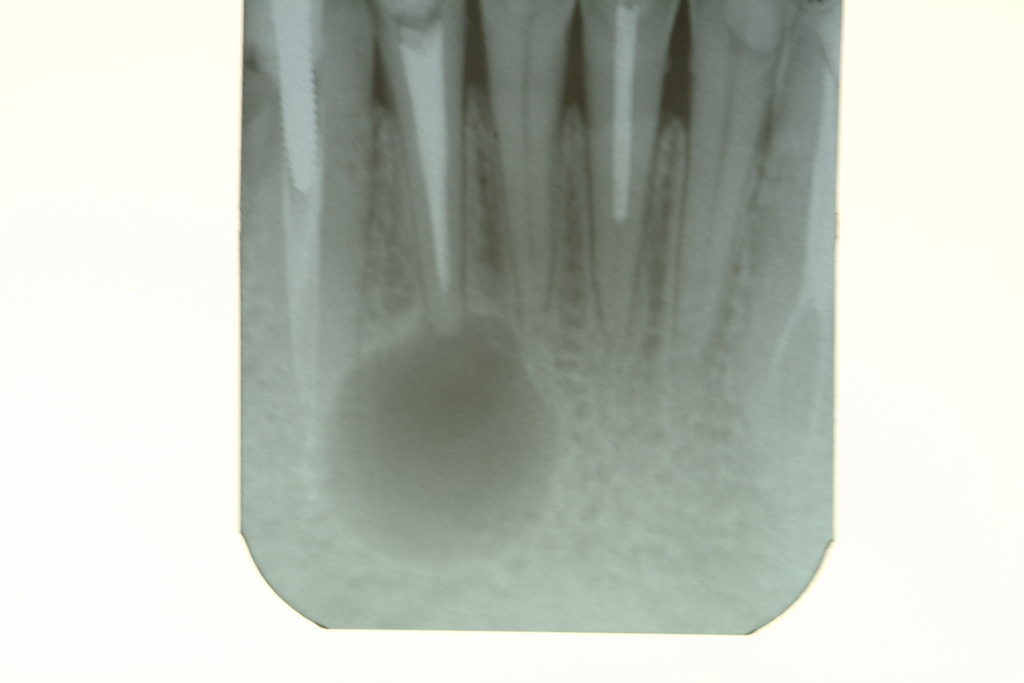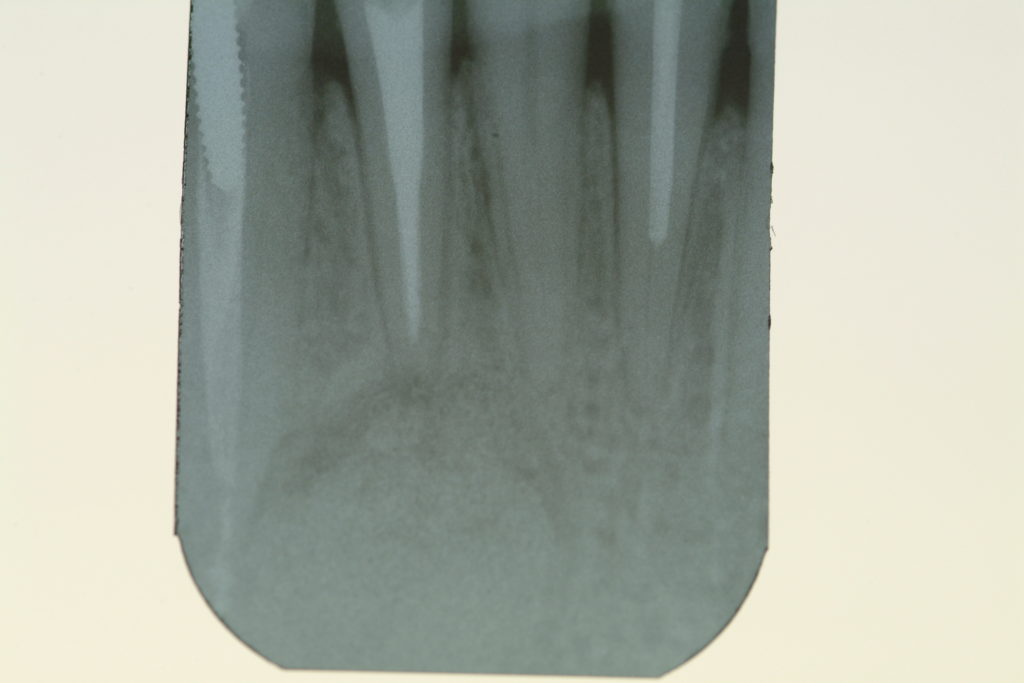Oral Surgery
by Dr. Sofia Bettini
Oral surgery is the branch of dentistry that deals with the surgical treatment of dental elements or other pathologies of the oral cavity.
Tooth Extraction
Extraction is the removal of a tooth from the oral cavity. Teeth are very important structures for functional and aesthetic purposes: therefore, whenever possible, it is always recommended to take good care of them, with regular hygiene and check-ups. In some cases, however, this is not sufficient, so it is necessary to resort to extraction.
The most frequent causes of tooth extraction are carious lesions or very deep dental fractures, which do not make it possible to reconstruct the tooth; severe periodontitis, which causes the loss of much of the tooth’s supporting tissue; teeth with bone inclusion or eruption problems. In some cases of dental crowding, it may be necessary to extract one or more dental elements to properly align the others so as to carry out proper orthodontic treatment.
Extraction can be considered simple or complex, depending on the tooth involved and the surgical technique used. Sometimes, in fact, it may be necessary to divide the tooth into several parts in order to remove it completely. Other times, however, as in the case of impacted teeth, it is necessary to remove a part of the overlying bone, allowing the extraction of the tooth.
Tooth extraction is performed under local anesthesia, may involve antibiotic coverage, and requires about 1 week of rest after surgery. In the first post-operative days it is possible to have some swelling and pain, which can be controlled with standard anti-inflammatories.
After the loss of one or more teeth, it is recommended to restore the complete dentition by placing removable or fixed prostheses or on implants.
Wisdom teeth
The 4 wisdom teeth (or third molars, or eighths) are the posterior ones and are the last teeth to appear. They have a very variable shape and are the most often missing teeth. Precisely because of their location, they often fail to erupt properly or do not make accurate home hygiene possible.
Inflammation related to wisdom teeth can cause pain in the back of the jaw that spreads to the ear and throat, swelling, difficulty opening the mouth, bad breath.
The causes of wisdom teeth extraction are:
- Carious lesions: due to their highly variable anatomy, it is almost never recommended to treat wisdom teeth.
- Recurrent inflammation or abscesses: when they fail to erupt properly, wisdom teeth tend to accumulate plaque and food debris, resulting in gum inflammation that can result in an abscess, swelling, and pain.
- Adjacent tooth problems: misposition of wisdom teeth can damage adjacent teeth, causing deep tooth decay or loss of tooth support tissue.
- Dental crowding: during orthodontic treatment, it may be necessary to take advantage of the space obtained from the extraction of wisdom teeth to align the teeth.
Before performing wisdom teeth extraction, it is necessary to assess their position by x-ray examinations. In addition to orthopantomography (OPT or Panoramic x-ray), it is sometimes necessary to perform a 3D CT scan to assess the tooth’s relationships with surrounding structures. In particular, the lower wisdom teeth can be very close to the mandibular canal, in which the mandibular nerve runs. With the CT scan it is possible to analyze the exact position of each part of the tooth in relation to the canal, in order to preserve it.
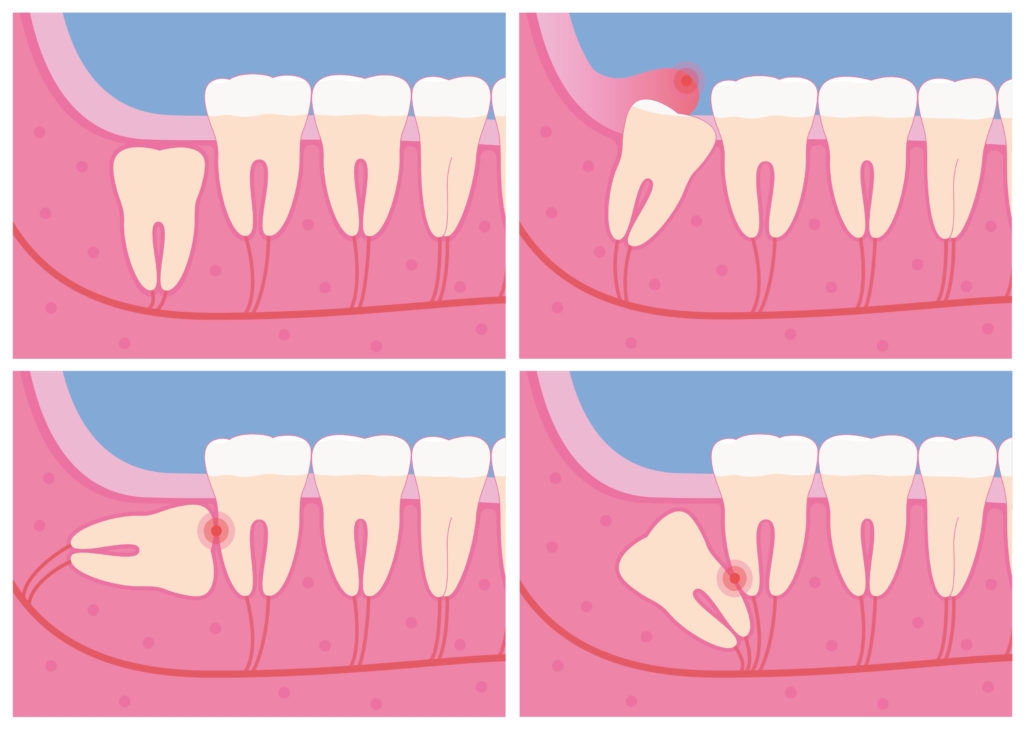
The surgical procedure is performed under local anesthesia, involves antibiotic coverage, and requires 1 week of rest after surgery. In the first few post-operative days there may be some pain that can be controlled with standard anti-inflammatories. There may also be swelling, difficulty opening the mouth, bruising, fever.
Clinical cases
The surgery can be more or less complex, depending on the morphology, the position of the tooth and the characteristics of the alveolar bone. The best time to extract wisdom teeth is at 16-25 years of age since the roots of the teeth are not yet fully formed and the bone is less compact. The post-operative course will also be more favorable. However, the onset of symptoms in adulthood is very common, requiring the extraction of one or more wisdom teeth.
In some cases, it is possible to predict the future mispositioning of dental elements when they are still in the process of formation and schedule their extraction to avoid future problems. This surgical technique, called germectomy, is performed in patients aged 12-16 years and involves extracting the wisdom tooth when it is still a germ, the roots not yet having formed.
In some cases, when the tooth is in close relationship with the mandibular canal, there is an alternative to extraction to avoid any damage to the mandibular nerve. This is called a coronectomy a surgical procedure which involves removing only the crown of the tooth, leaving the roots of the tooth in place. In most cases, the roots will fuse with the surrounding alveolar bone. In rare cases, however, they will migrate towards the gum, moving away from the mandibular canal, making their extraction safer.
Clinical case
Apicoectomy
Apicoectomy (or root end surgery) is a surgical technique to treat teeth that have already been devitalized.
In fact, even in devitalized teeth, over time there can be bacterial infiltration, which causes bone resorption at the level of the apex of the tooth (with the formation of the so-called “granuloma”). The symptoms of this problem are pain when chewing, feeling like the tooth is “high”, pain when touching, formation of fistula or abscess.
In these cases, it is possible to perform endodontic retreatment and eliminate the causes of the infection. If it is not possible to retreat the tooth (due to the presence of posts, crowns or other obstacles) or the symptoms persist, retrograde surgery can be performed.
This technique involves surgical access, removing the infected area and the tooth’s root tip, retreating the last portion of the tooth root, followed by the formation of a new seal using a specific cement. Before surgery, radiographic examinations (orthopantomography, intraoral X-ray and 3D CT) are necessary to assess the extent of the infection and the relationships of the tooth with the surrounding structures. The surgical procedure is performed under local anesthesia, involves antibiotic coverage, and requires 1-2 weeks of rest after surgery. In the first few post-operation days, it is possible to have some swelling and pain that can be controlled with standard anti-inflammatories.
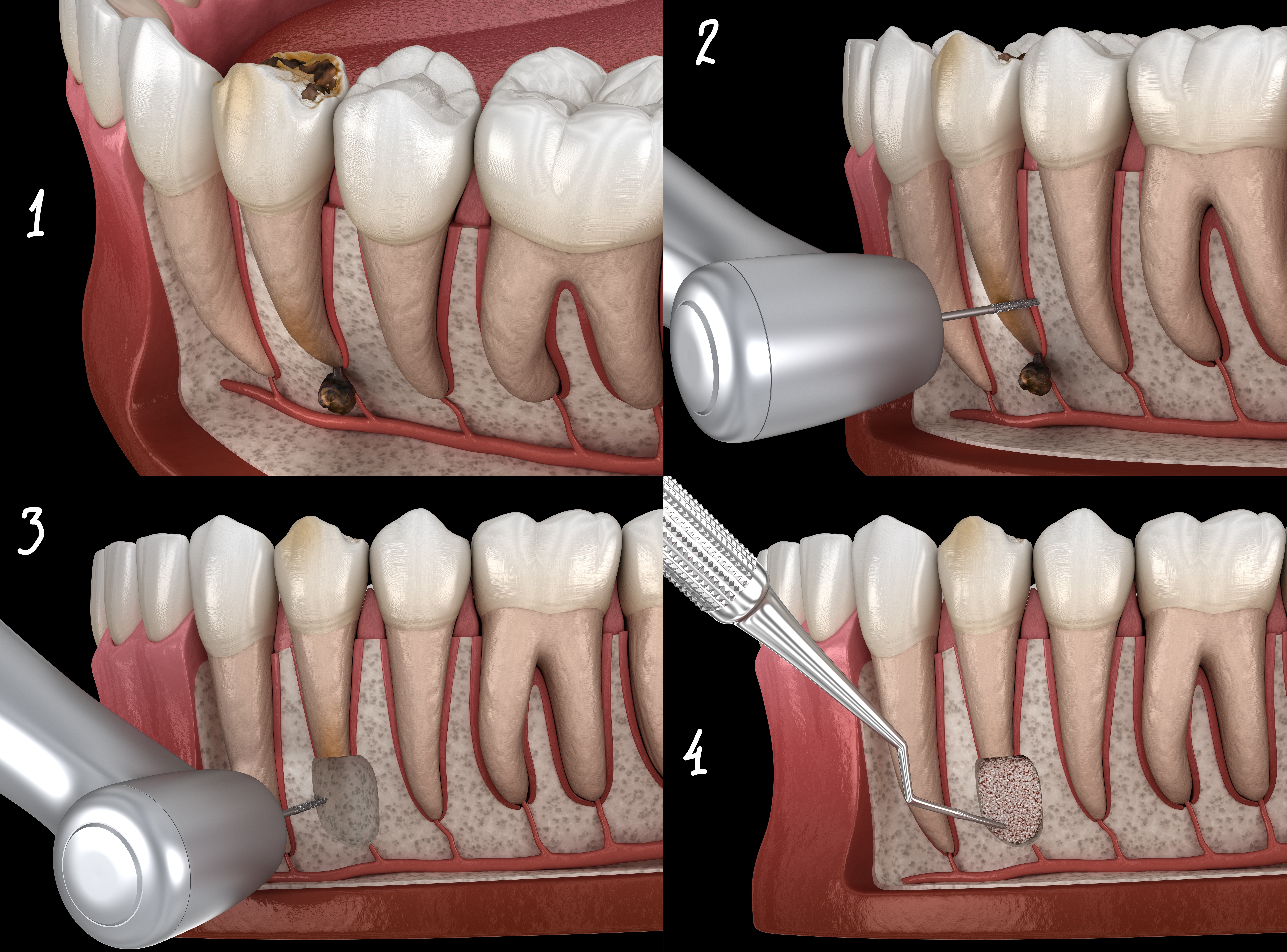
At the end of the treatment, the patient is placed on a clinical and radiographic control programme. Usually, within 6 months of surgery, symptoms have disappeared and bone healing is complete.
Clinical cases
Cyst
Cysts are fluid-filled cavities that can form within the bone or mucous membranes.
They can form spontaneously or in association with an infected or impacted tooth. In some cases, they are completely asymptomatic, and can only be detected by chance by the dentist through an X-ray examination. In other cases, they can cause symptoms including pain, swelling, repeated abscess formation, halitosis.
In most cases, removal of the cyst is recommended to resolve the symptoms and protect the adjacent teeth, which could be damaged by the extension of the cyst. Before surgery, radiographic examinations (orthopantomography, intraoral X-ray, and 3D CT) are necessary to assess the extent and relationships of the cyst with surrounding structures. The surgical procedure is performed under local anesthesia, involves antibiotic coverage, and requires 1-2 weeks of rest after surgery. In the first few post-operation days, it is possible to have some swelling and pain that can be controlled with standard anti-inflammatories.
If possible, it is recommended to take a sample (biopsy) so that a histopathological analysis of the cyst can be carried out, in order to identify its origin and composition. The biopsy should be analyzed by centres specialised in pathological anatomy.
At the end of the treatment, the patient is placed on a clinical and radiographic control programme. Usually, within 6 months of surgery, symptoms have disappeared, and bone healing is complete.
Clinical cases
Frenulectomy
The frenulum is a connecting structure of the lip or tongue with the mucous membrane of the oral cavity.
The labial frenulum joins the upper or lower lip to the gum. If it is highly developed, it can cause problems with adjacent teeth, including gum recession and gaps between the teeth (diastemas).
The lingual frenulum connects the tongue to the floor of the oral cavity. If it is shorter than normal, it can restrict tongue movements, causing problems with swallowing and phonation.
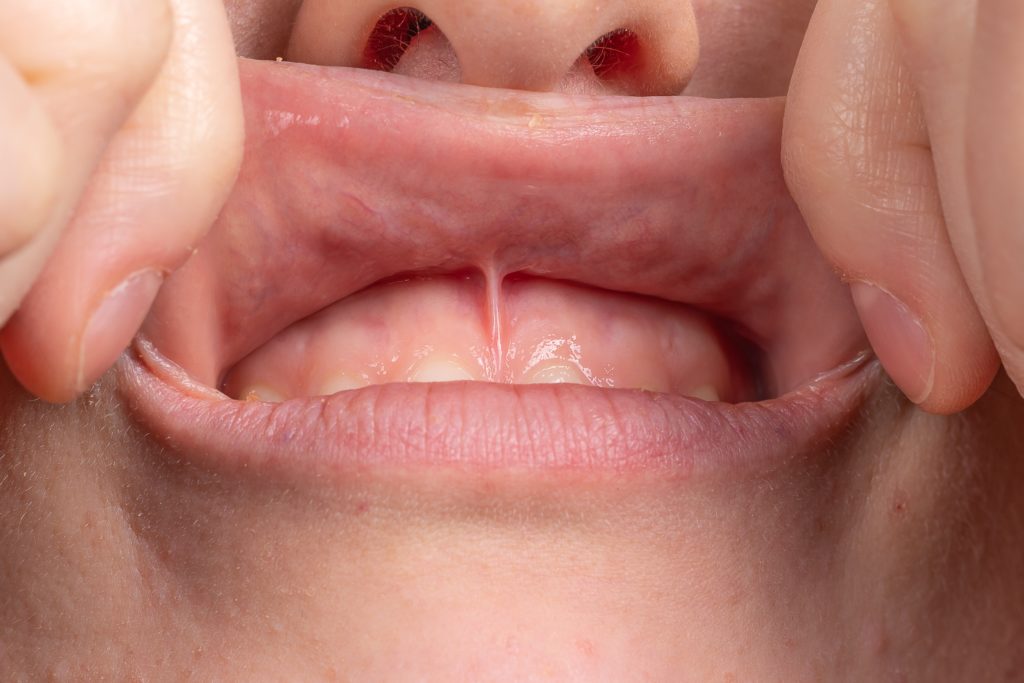
Frenulectomy is the surgical technique that involves sectioning the frenulum to reduce its tension. It can be performed in both juvenile and adult age. The surgical procedure is performed under local anesthesia and requires a few days of rest after surgery. In the first few post-operative days, there may be some pain that can be controlled with standard anti-inflammatories. Lingual frenectomy should be combined with stretching and tongue mobility exercises, to improve healing.
Disclusion
Eruption is the process of tooth formation and migration from the alveolar bone to the final position in the arch. If the eruption phase does not take place correctly, the tooth does not emerge in the oral cavity and remains included. The causes can be poor positioning, lack of space, presence of obstacles, retention of the deciduous tooth, genetic predisposition.
To bring an impacted tooth into its correct position in the arch, orthodontic treatment must be combined with a surgical procedure. Disclusion is a technique that involves surgical access to the impacted tooth, which is connected to the other elements by means of a chain to position it in the arch. The surgical procedure is performed under local anesthesia, involves antibiotic coverage, and requires 1 week of rest after surgery. In the first few post-operative days, there may be some pain that can be controlled with standard anti-inflammatories.

